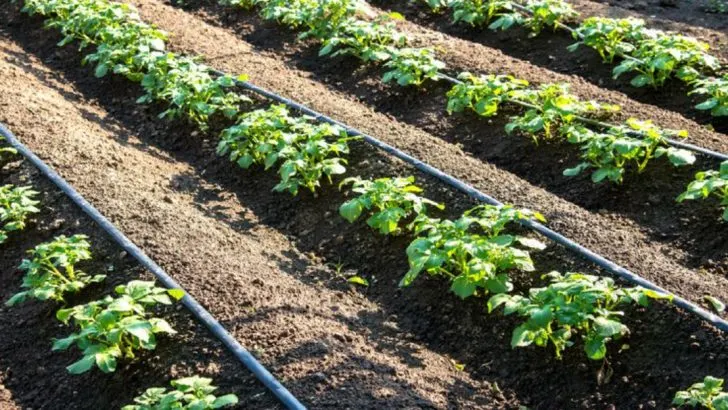Make your garden more sustainable with these 14 eco-friendly gardening hacks. Learn how to conserve water, enrich your soil naturally, and protect local wildlife while keeping your outdoor space lush and thriving.
Drip Irrigation Systems
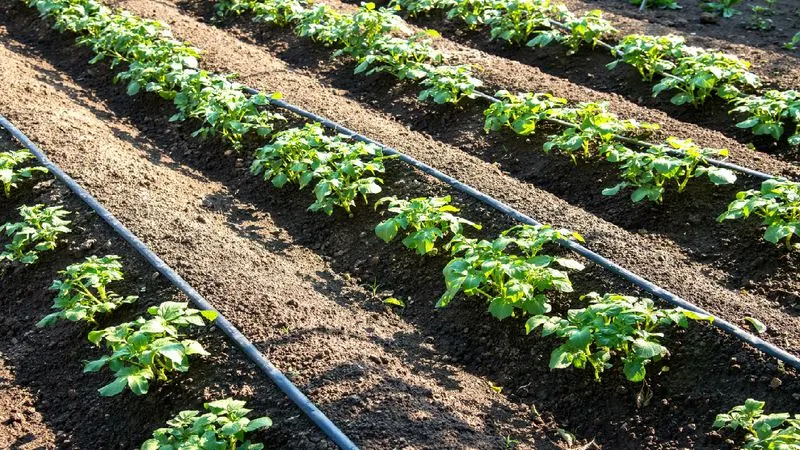
Water conservation in gardening can start with precise delivery systems. Drip irrigation targets plant roots directly, minimizing evaporation and runoff. This method ensures that each plant receives the exact amount of water needed, reducing wastage significantly. Installing a drip system may seem technical, but many DIY kits are available to simplify the process. These systems are perfect for both small urban gardens and larger landscapes. By adjusting the drip rate, gardeners can accommodate different plant needs, promoting healthier growth. This efficient watering method is both eco-friendly and cost-effective, saving you time and money over the growing season.
Rainwater Harvesting
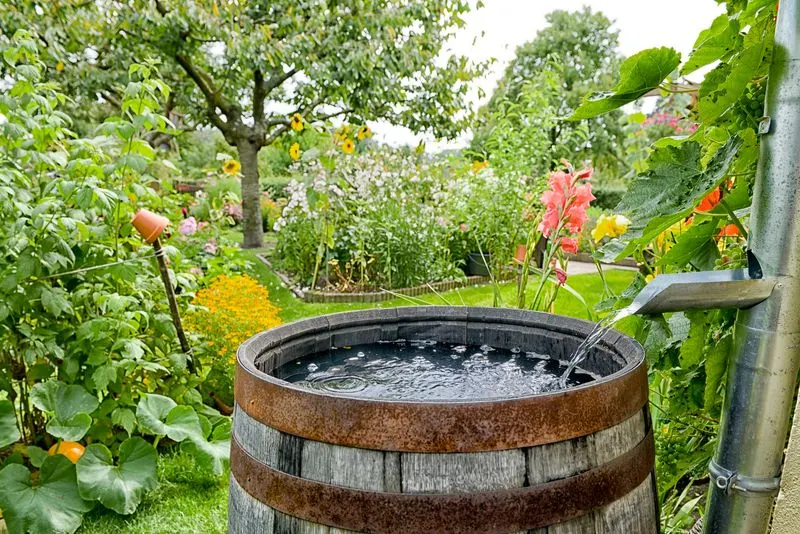
Collecting rainwater is a smart way to reduce reliance on municipal water. By setting up barrels under downspouts, gardeners capture free, nutrient-rich rainwater. This method not only conserves water but also benefits plants with naturally soft rainwater. It’s ideal for those looking to garden sustainably and maintain healthy plants. Consider using rainwater for watering during dry spells. This practice helps ensure that your garden remains lush without straining local water resources. Implementing rainwater harvesting brings both environmental and economic benefits, making it a worthwhile addition to any garden setup.
Mulching Magic
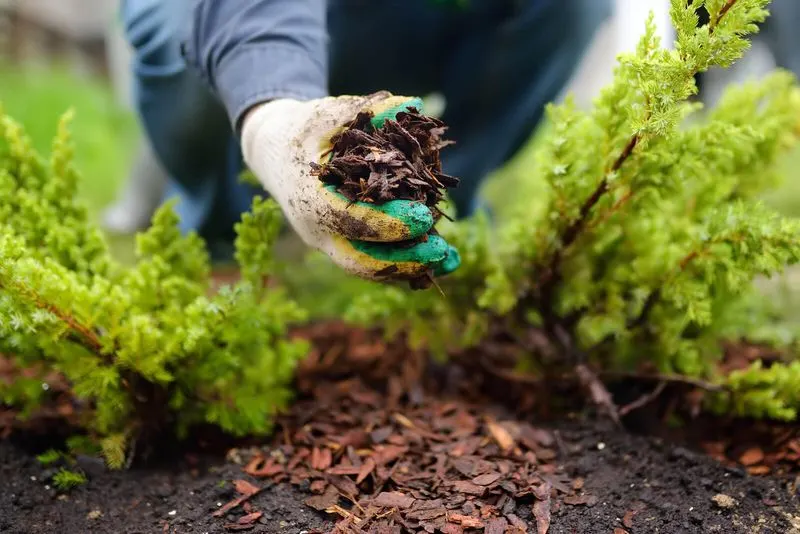
Keeping soil moist and reducing weeds, mulching is a simple yet effective technique. Organic mulch materials like straw or wood chips act as a protective barrier against evaporation. Applying mulch around plants not only conserves water but also enriches the soil as it breaks down. This dual benefit supports a healthy garden ecosystem. Regular mulching helps in maintaining consistent soil temperatures, benefiting root health. It’s an easy, eco-friendly practice that boosts plant vitality while cutting back on water usage. For gardeners, it’s a straightforward strategy that offers multiple rewards with minimal effort.
Native Plant Selection
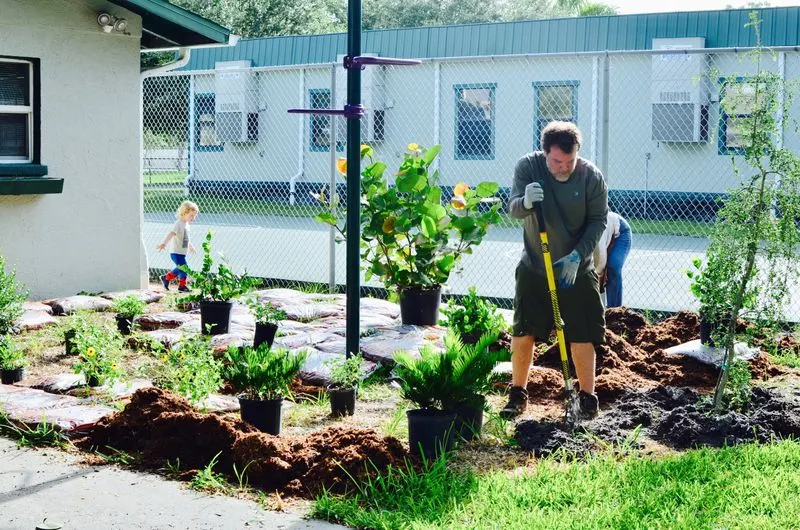
Choosing native plants can drastically reduce water consumption in gardens. These plants are adapted to local climates, requiring less supplemental watering. Not only do they thrive with minimal care, but they also support local wildlife, promoting biodiversity. This makes native plant selection both an eco-friendly and wildlife-friendly choice. Incorporating native species into your garden design ensures a resilient landscape that’s beautiful and low-maintenance. By aligning plant choices with local environments, gardeners can create sustainable ecosystems that flourish naturally.
Greywater Systems
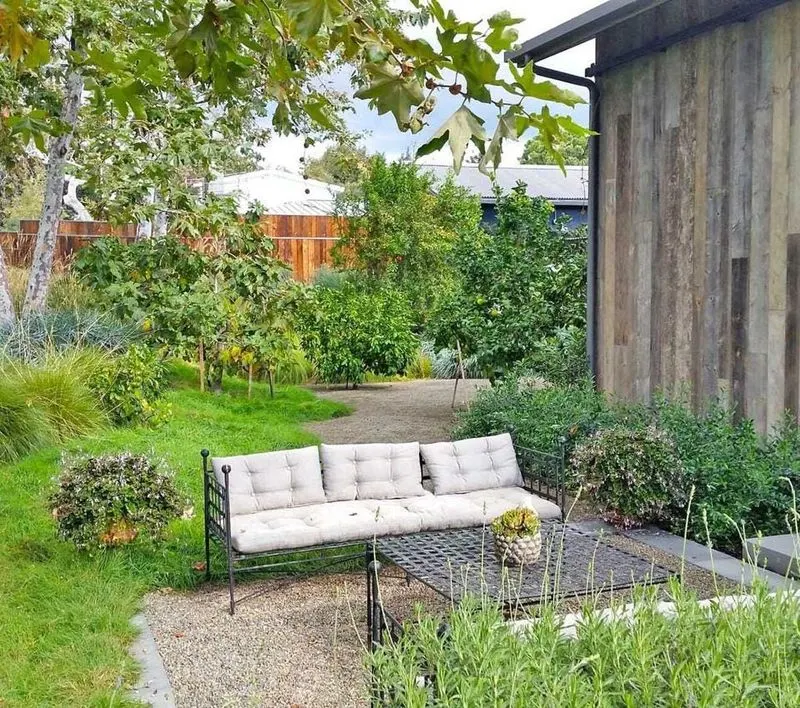
Repurposing greywater from sinks or showers can contribute significantly to water conservation in gardens. This system channels used water directly to garden areas, reducing the need for fresh water. By filtering and transporting greywater safely, gardeners can keep ornamental plants hydrated while conserving resources. It’s an innovative approach to sustainability in home gardening. Installing a greywater system requires planning but pays off by cutting down on water bills. This environmentally friendly option helps maintain a flourishing garden without depleting precious water supplies.
Compost for Water Retention
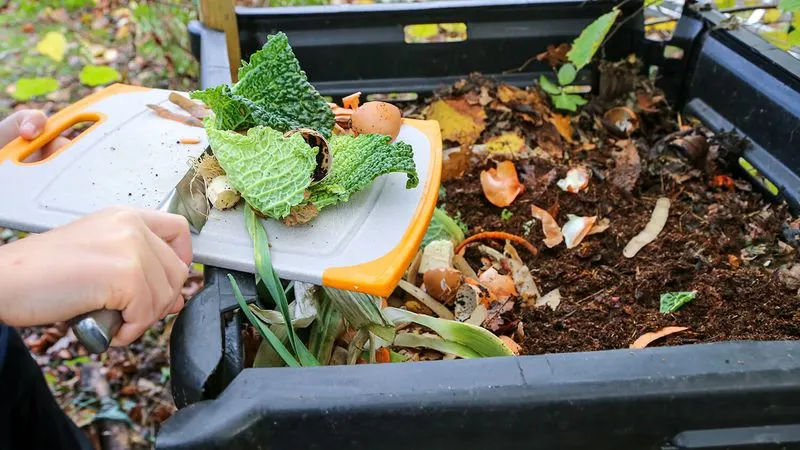
Enhancing soil water retention is possible through composting. By enriching soil with organic matter, compost helps retain moisture, reducing the need for frequent watering. This natural amendment improves soil structure, promoting healthy root systems. Compost provides essential nutrients, supporting robust plant growth and resilience. Regularly adding compost to garden beds creates a sustainable cycle of nutrients, benefiting both plants and soil. This eco-friendly practice is a cornerstone of smart gardening, offering advantages beyond water conservation.
Efficient Lawn Care
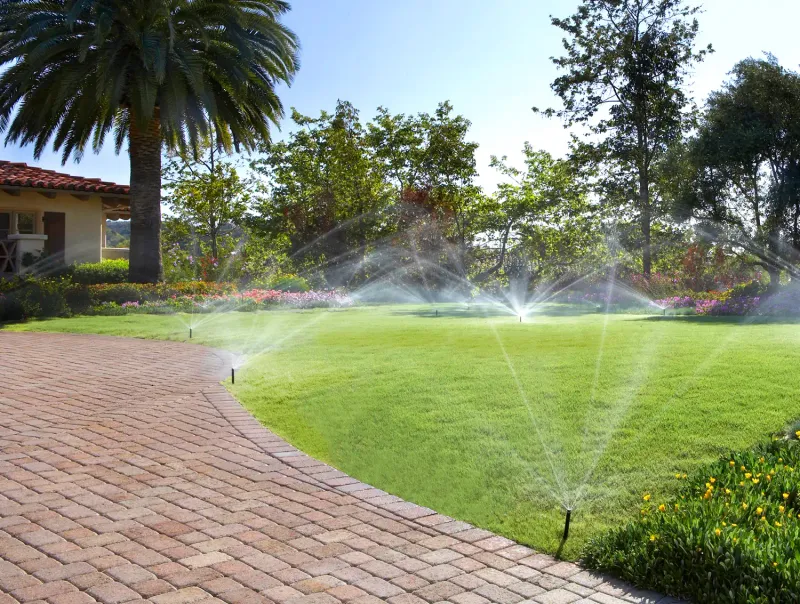
Lawns can be managed sustainably with a few adjustments. Using smart sprinkler systems ensures water is applied only when necessary, preventing waste. Adjusting mower blades to a higher setting encourages deeper root growth, which improves drought resistance. This practice maintains a vibrant lawn while minimizing water use. Incorporating drought-tolerant grass varieties can further reduce water requirements. Efficient lawn care not only conserves water but also maintains aesthetic appeal. These methods align well with eco-friendly gardening goals, offering practical solutions for everyday gardeners.
Permeable Paving
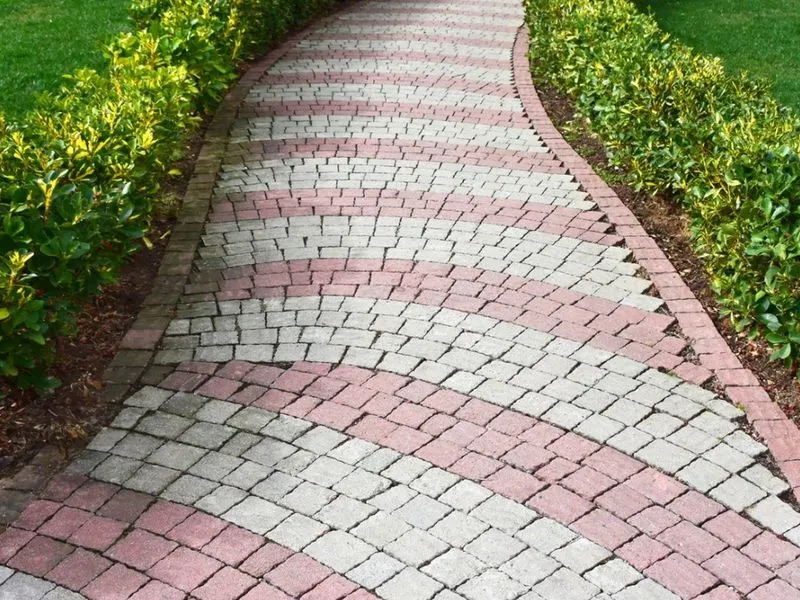
Integrating permeable paving in garden designs helps manage stormwater naturally. These surfaces allow rain to percolate through, replenishing groundwater instead of creating runoff. This method is not only environmentally beneficial but also reduces the need for additional irrigation. It’s particularly useful for gardens prone to waterlogging. Permeable paths and patios enhance the aesthetic appeal of outdoor spaces while supporting water conservation efforts. By choosing eco-friendly paving options, gardeners can create functional and sustainable landscapes.
Companion Planting
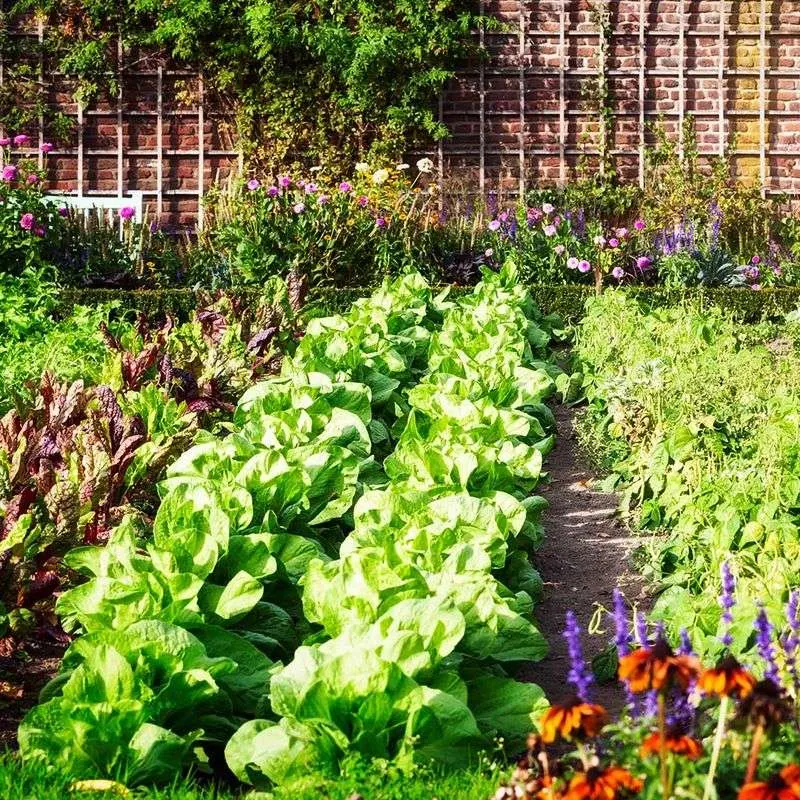
Growing compatible plants together can optimize water usage and improve plant health. Companion planting involves strategic pairings that benefit each other, such as tomatoes with basil. This technique can enhance soil moisture retention and reduce pest issues naturally. The symbiotic relationships between plants contribute to a balanced garden ecosystem. By understanding plant interactions, gardeners can maximize space and resources efficiently. Companion planting is a thoughtful approach to sustainable gardening, offering diverse benefits beyond water conservation.
Use of Shade Cloths
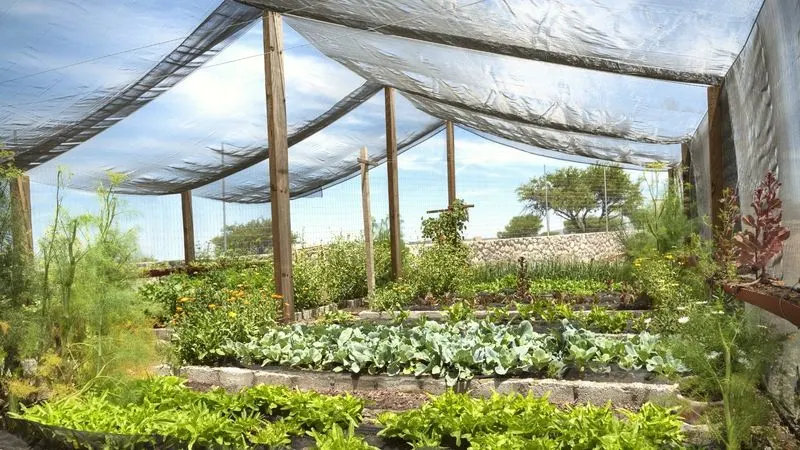
Shielding plants from excessive sun helps reduce water loss through evaporation. Shade cloths provide this protection, ensuring plants stay cool during hot days. This simple addition to your garden setup can extend the growing season and improve plant resilience. It’s especially beneficial for delicate plants prone to sunburn. Using shade cloths is a practical way to conserve water, as shaded soil retains moisture longer. This method is versatile and can be applied to various garden types, enhancing sustainability efforts.
Hydrozoning
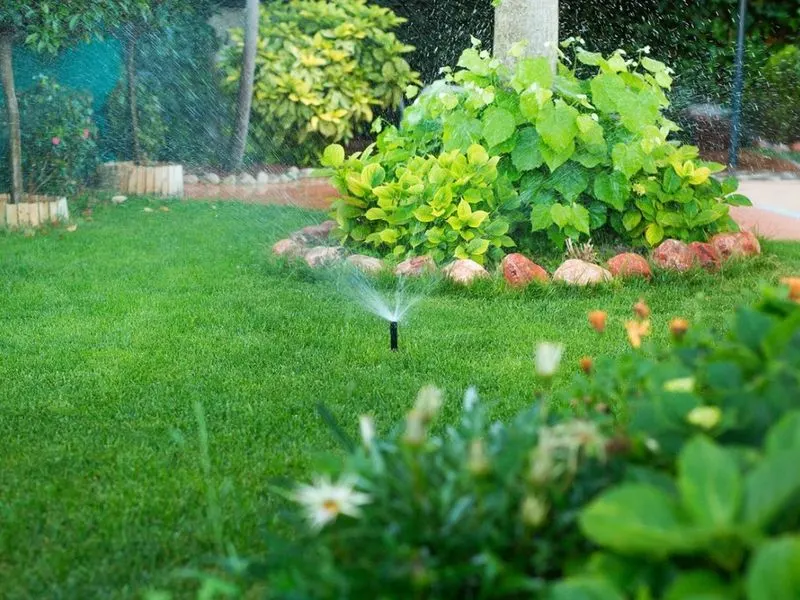
Grouping plants with similar water needs, or hydrozoning, is an effective strategy for water conservation. This approach ensures that each plant receives the right amount of moisture without wastage. By dividing gardens into zones based on water requirements, gardeners can tailor watering schedules efficiently. This results in healthier plants and reduced water usage overall. Hydrozoning simplifies maintenance and maximizes resource use, aligning well with eco-friendly gardening principles. It’s a practical solution for managing diverse plant needs while conserving water.
Wicking Beds
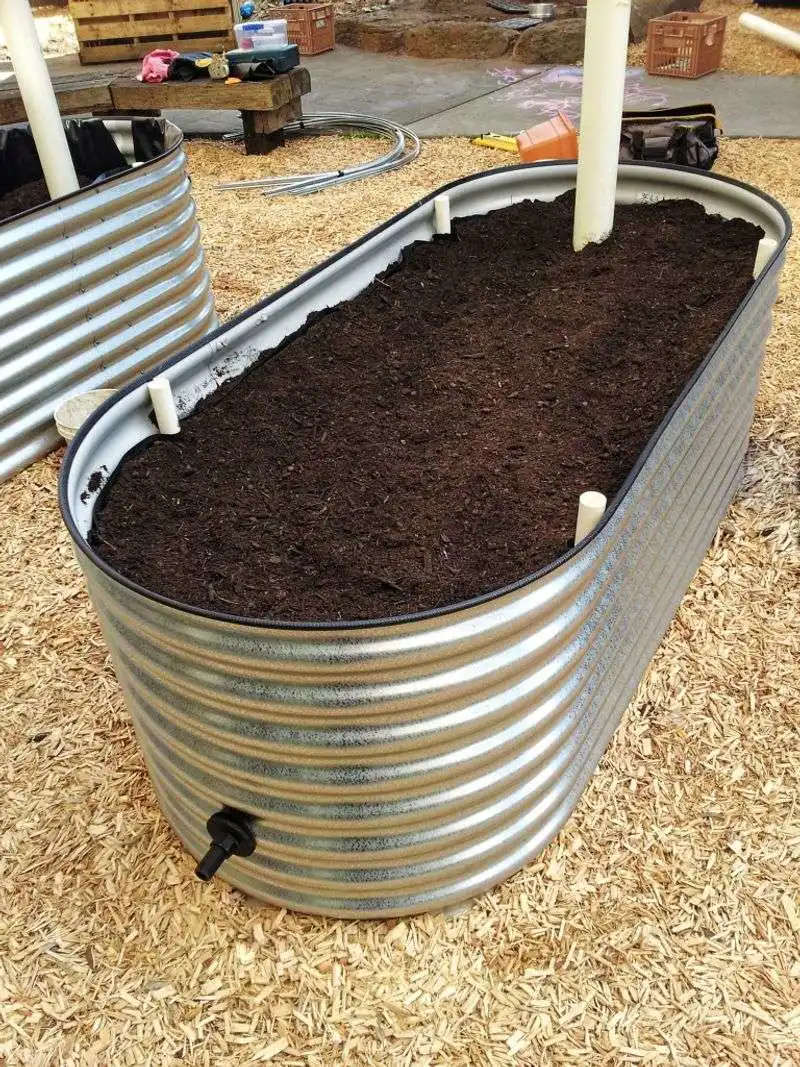
Wicking beds offer an innovative approach to planting that minimizes water use. These self-watering systems draw water from a reservoir below the soil, keeping roots consistently hydrated. Ideal for vegetables and herbs, wicking beds reduce the frequency of watering, promoting efficient resource use. This setup encourages deep root growth and robust plant health. Creating a wicking bed involves careful planning but provides long-term benefits, especially in dry climates. These beds represent a step forward in sustainable gardening practices, supporting both plant vitality and water conservation.
Soaker Hoses
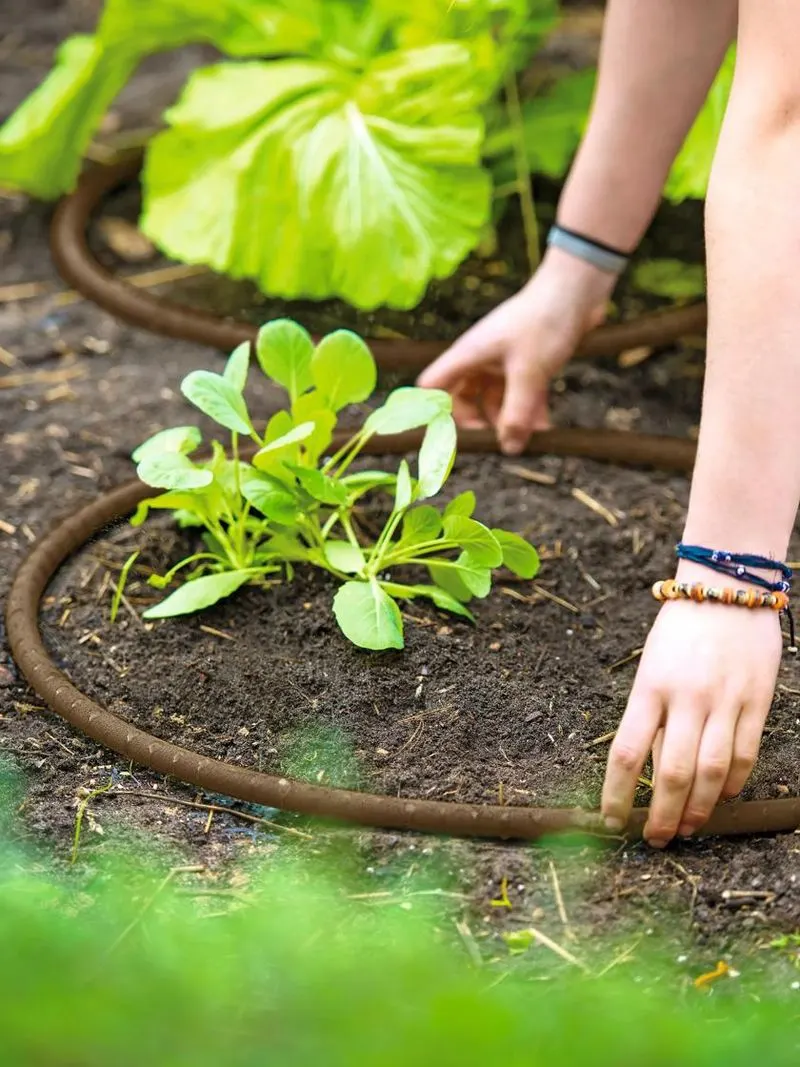
Distributing water slowly and directly to plant roots, soaker hoses are an efficient irrigation tool. They minimize evaporation and ensure even moisture distribution across garden beds. Unlike traditional sprinklers, soaker hoses reduce water runoff and waste. This method suits flower gardens and vegetable plots, promoting healthy plant growth. Installing a soaker hose system is straightforward and adaptable to various garden sizes. It’s a practical choice for those wanting to conserve water while keeping their gardens thriving. This irrigation technique aligns perfectly with sustainable gardening goals.
Windbreaks and Barriers
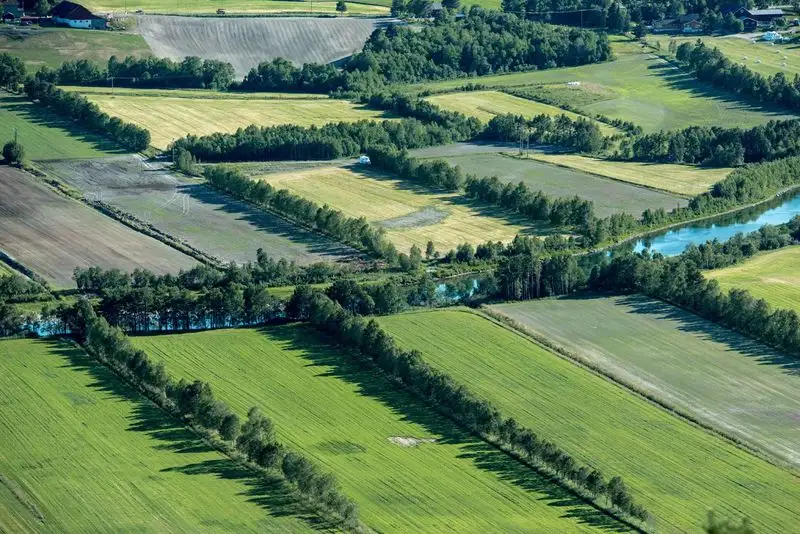
Creating windbreaks within gardens helps protect delicate plants from harsh winds, reducing moisture loss. Hedges or barriers act as buffers that safeguard plants, maintaining soil humidity. This technique not only conserves water but also minimizes stress on plants, enhancing their resilience. Windbreaks can be both functional and attractive, adding structure to garden designs. By integrating natural barriers, gardeners can foster microclimates that support water conservation efforts. This strategy is a thoughtful addition to any eco-friendly garden setup, ensuring plants thrive in challenging conditions.

